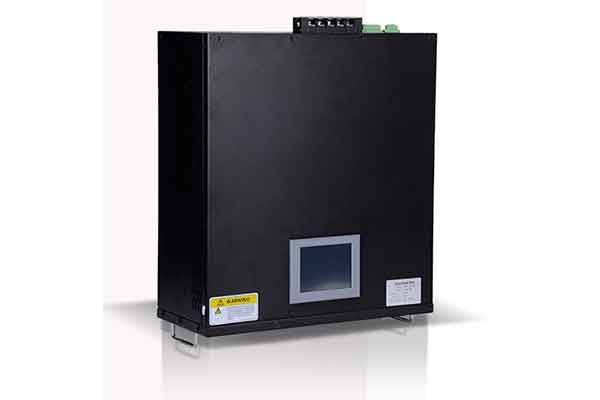Creating excellence takes time and effort.
If it were easy, everyone would achieve it.
Harmonic filter can reduce the harmonic distortion. You can use them at tactical operating circuit points. These filters are parallel or series resonant circuits. They can control the currents harmonic. They can decrease the harmonic current flowing into the power system from the basis. You can utilize them to minimize the harmonic voltage distortion in the mechanism. These types of devices are costly. People must use them when the other procedures can also limit the harmonics.

When it comes to the application of the filters, then you need to know that it is not simple. It does not matter what the condition is; the use of these filters will not be straightforward. They can intermingle with the structure or with the other filters to generate unanticipated resonances.
Harmonic filter - How it works?
The harmonic filter is the shunt component for sure. It is efficient enough to decrease the voltage distortion in the power systems. The harmonic filter also helps in power factor correction. The non-linear components like power electronic converters produce harmonic voltages and currents. They inject into the power system. The flowing current distorted into the system produce voltage harmonic distortion. The filters will keep the distortion to the minimum. Companies can use them to create reactive power, which needs power factor correction. It links many banks of filters of diverse kinds in the parallel form to get satisfactory distortion.
The quite common filters are as follows:
• High-pass filters – This filter is useful when it comes to high order the harmonics. It covers a vast range of frequencies. A particular filter can provide reactive power. It can also avoid the resonances in parallel. It enables filtering harmonics of low-order. However, it keeps the losses to the minimum at the fundamental frequency.
• Band-pass filters – This filter is useful for the low-order harmonics. These harmonics incorporates 5th, 7th, 11th, and 13th. It is easy to tune the band-pass filters at a particular frequency (single-tuned filter) or two different frequencies (double-tuned filter).
The manufacturers combine RLC components to form the harmonic filter. It is important to know the resistance, capacitance, and inductance values of the filter before making a decision. There are different parameters of these filters which you need to know.
Have a look:
• Tuning the frequencies
• Reactive power at the minimal voltage
• Quality factor
You might understand the first two parameters but not the quality factor. Well, it is the factor that is the amount of the acuity of the tuning frequency. You can easily find it with the help of resistance value.
Single & Double Harmonic Filters
The single-tuned filter is the simplest form of the filter. You can easily use the Q = (nXL)/R formula for this filter. It is essential to use bandwidth B to determine the quality factor. On the other hand, the double-tuned filter can perform a similar task as the two single-tuned filters. However, it has several benefits. The main benefit is that the losses are low because of this filter.
By reading the above description, you can easily come to know what harmonic filter is, what their purpose is, and how they work. They are efficient in every manner. Moreover, they are not so hard to use.

Creating excellence takes time and effort.
If it were easy, everyone would achieve it.
© 2021 Jiangsu LTEC Electric Co., Ltd. All rights reserved.苏ICP备11085855号-2